Introduction to International Dance Day
International Dance Day, observed annually on April 29th, is a global celebration of the art of dance and its cultural significance. It serves as a platform to recognize the transformative power of dance in uniting people from diverse backgrounds and expressing shared emotions through movement.
History of International Dance Day
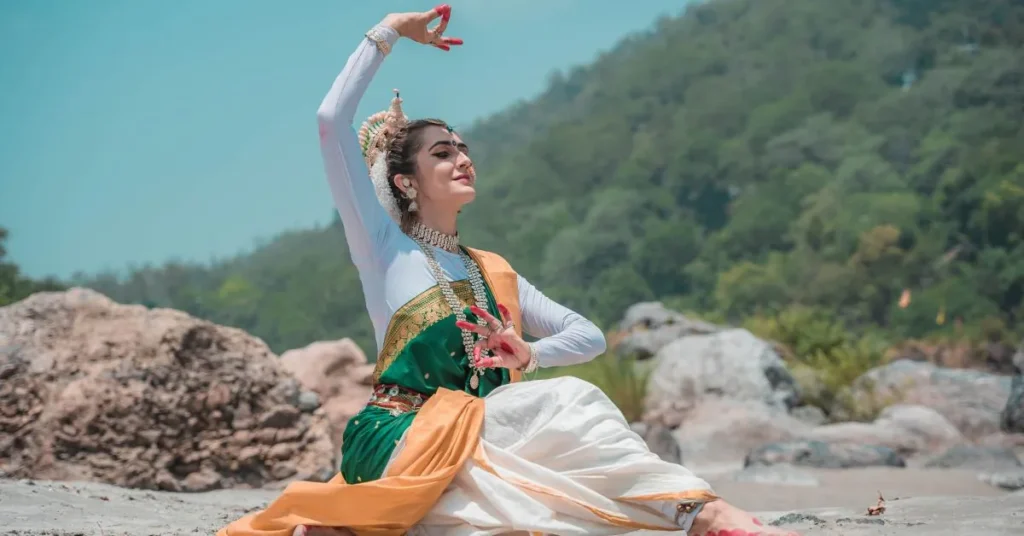
International Dance Day was established by the Dance Committee of the International Theatre Institute (ITI) in 1982. The idea was conceived to promote dance as an art form and to celebrate its universal appeal. The date chosen for International Dance Day, April 29th, coincides with the birthday of Jean-Georges Noverre, a French dancer and ballet master considered the creator of modern ballet.
UNESCO’s involvement
UNESCO, the United Nations Educational, Scientific and Cultural Organization, became involved in International Dance Day soon after its inception. Recognizing the importance of dance as a cultural expression and communication, UNESCO officially endorsed and supported the initiative. This partnership elevated the status of International Dance Day, giving it global recognition and facilitating its spread to countries worldwide.
Through UNESCO’s involvement, International Dance Day gained credibility and legitimacy as an international celebration of dance. UNESCO’s mission to promote cultural diversity and dialogue aligns closely with the goals of International Dance Day, making it a natural partner for the event. Over the years, UNESCO has continued to support International Dance Day through various initiatives and activities, further solidifying its role in promoting dance as a vital component of human culture.
The Significance of International Dance Day
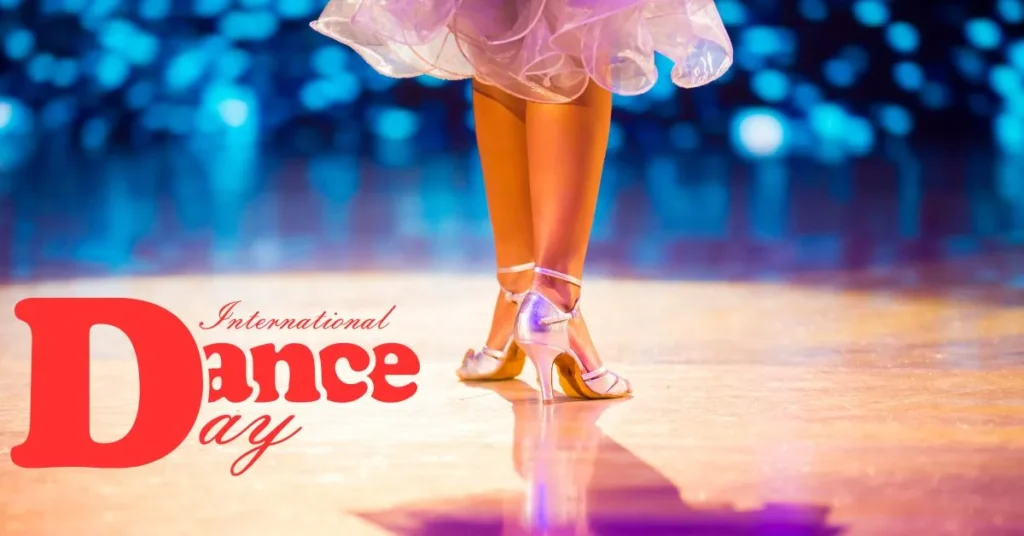
International Dance Day holds immense significance in promoting cultural diversity and preserving the rich heritage of dance traditions around the world. It serves as a reminder of the universal language of dance, transcending barriers of language and geography.
Celebration of cultural diversity
Through dance, individuals can express their unique identities and celebrate the rich tapestry of cultural traditions. International Dance Day provides a platform for showcasing diverse dance styles, from traditional folk dances to contemporary choreography.
Read More: Taylor Swift’s song Thank You Almee, Kim Kardashian loses 100,000 Followers After Fans Spot ‘Clues’
Promoting the art of dance
By highlighting the artistic merit of dance, International Dance Day encourages greater appreciation and support for dancers and choreographers worldwide. It catalyzes promoting dance education and nurturing the next generation of performers.
How International Dance Day is Celebrated
International Dance Day is celebrated through a myriad of events and activities, both online and offline, that showcase the beauty and diversity of dance.
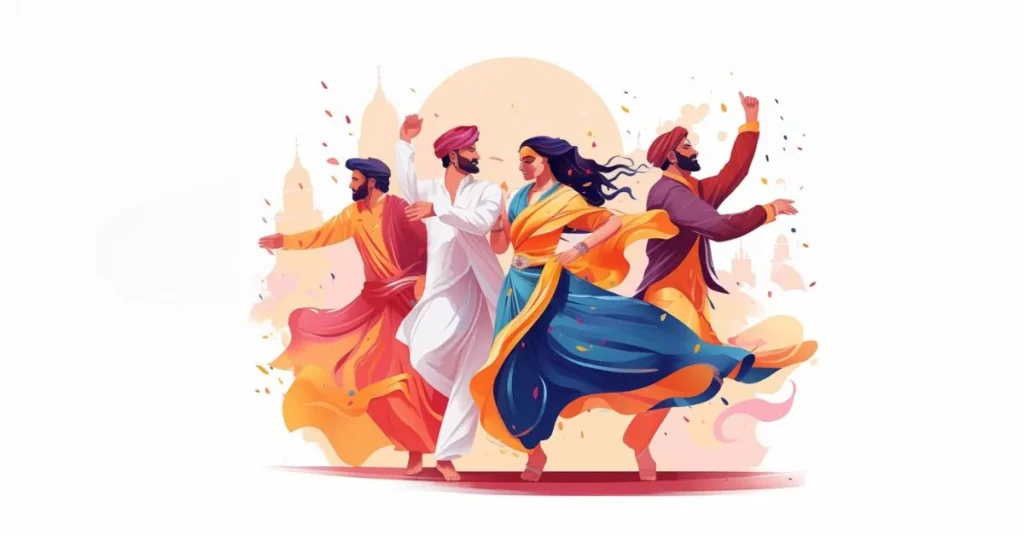
Events and performances worldwide
From dance festivals to workshops and flash mobs, communities come together to celebrate International Dance Day with joyous displays of movement and rhythm. Professional dance companies and amateur enthusiasts alike take center stage to share their passion for dance with audiences.
Social media campaigns
In the digital age, social media plays a crucial role in spreading awareness about International Dance Day. Dancers and dance organizations leverage platforms like Instagram, TikTok, and YouTube to share dance tutorials, performances, and personal stories, engaging audiences worldwide.
The Impact of International Dance Day
International Dance Day has a profound impact on individuals and communities, fostering unity, creativity, and cultural exchange.

Bringing communities together
Dance has the power to unite people from diverse backgrounds, transcending boundaries of age, gender, and nationality. International Dance Day provides an opportunity for communities to come together in celebration, promoting social cohesion and mutual respect.
Fostering cross-cultural understanding
Through the universal language of dance, International Dance Day promotes dialogue and understanding between different cultures. By sharing their unique dance traditions and experiences, participants deepen their appreciation for cultural diversity and forge meaningful connections with others.
Why Dance is Universally Celebrated
Dance has been an integral part of human expression since ancient times, serving as a means of communication, celebration, and storytelling.
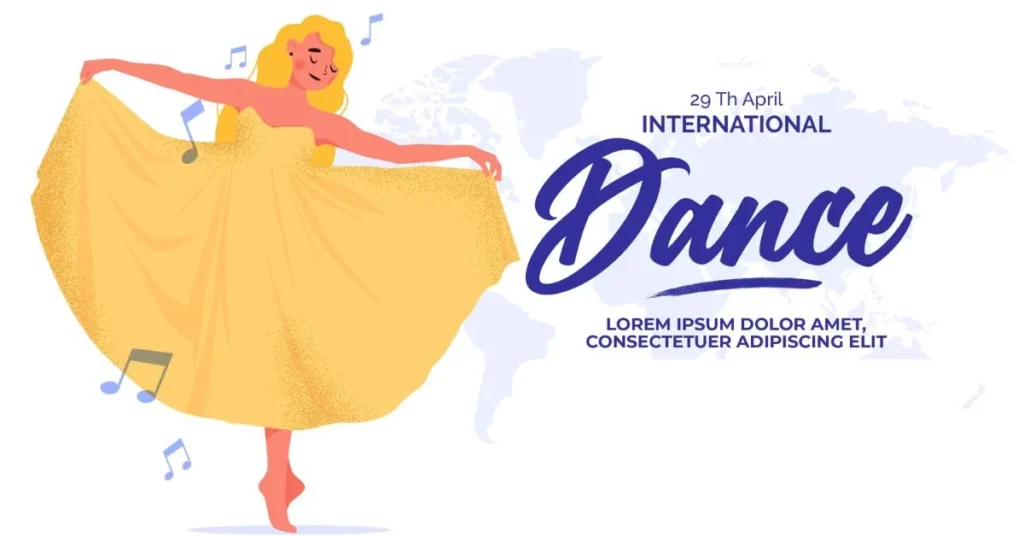
Expressiveness of dance
Unlike spoken language, dance allows individuals to convey emotions and experiences through movement, rhythm, and gesture. Whether joyous or melancholic, dance has the power to evoke deep-seated emotions and connect people on a visceral level.
Connection to human emotions
Dance taps into the universal human experience, offering a channel for self-expression and catharsis. From tribal rituals to contemporary performances, dance reflects the full spectrum of human emotions, from love and longing to anger and despair.
The Evolution of Dance
Dance has evolved over centuries, reflecting changes in society, culture, and technology.
From ancient rituals to contemporary forms
Throughout history, dance has played a central role in religious ceremonies, social gatherings, and artistic expression. From the graceful movements of classical ballet to the improvisational style of hip-hop, dance continues to evolve and adapt to the changing times.
Influence of globalization on dance
In an increasingly interconnected world, dance styles and techniques are constantly evolving through cultural exchange and collaboration. Globalization has led to the fusion of diverse dance traditions, creating new and innovative forms of expression.
Notable Dance Styles Around the World
Dance encompasses a wide range of styles and genres, each with its own unique history and cultural significance.
Ballet
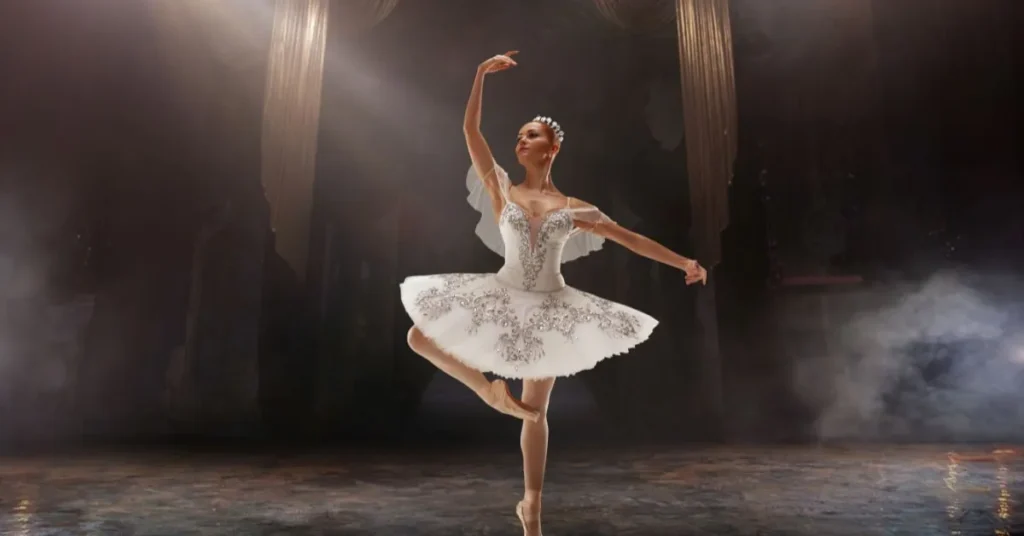
Originating in the Italian Renaissance courts of the 15th century, ballet is a classical dance form characterized by precise movements, graceful gestures, and elaborate costumes.
Hip-hop
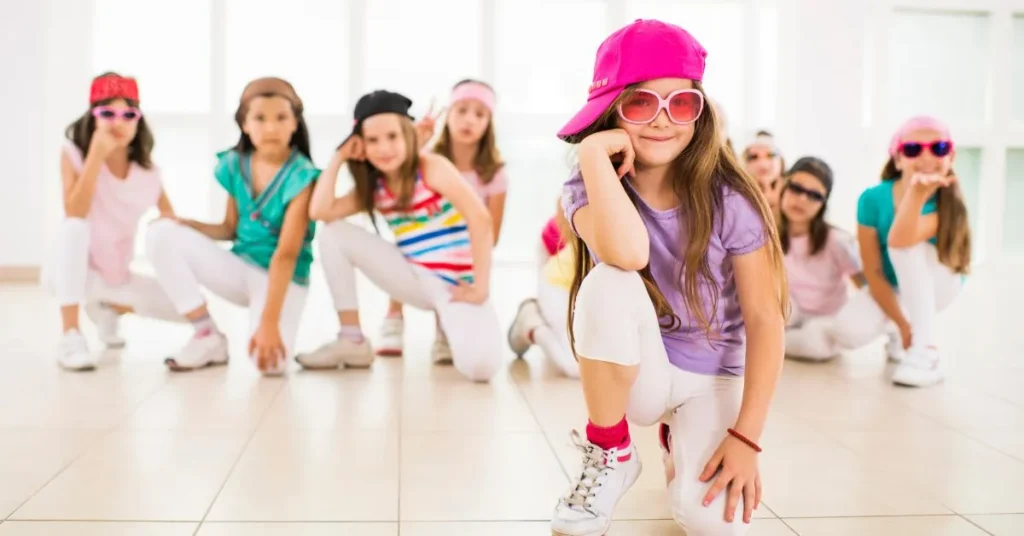
Emerging from the streets of New York City in the 1970s, hip-hop is a dynamic and expressive dance style that incorporates elements of breaking, popping, locking, and freestyle movement.
Bharatanatyam
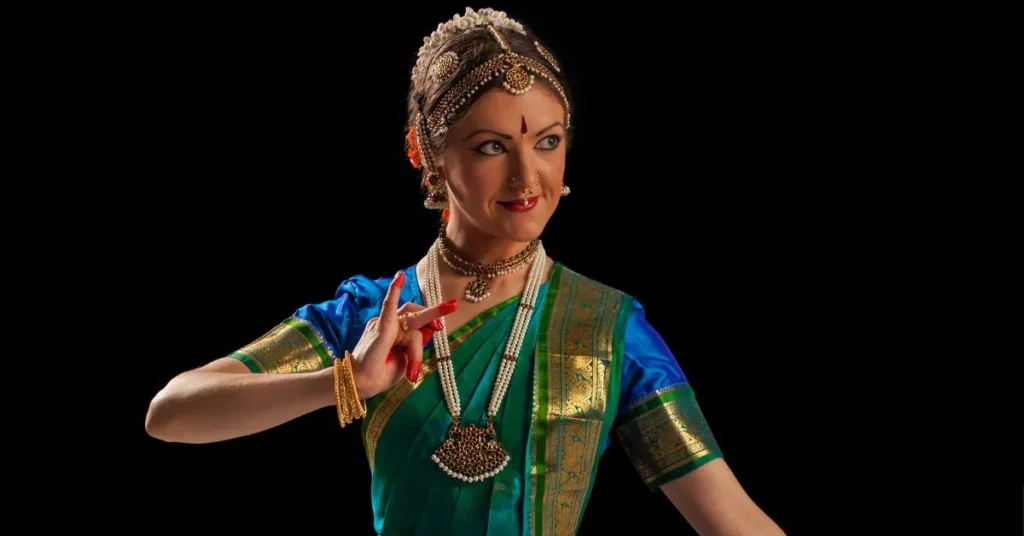
A classical Indian dance form originating in the temples of Tamil Nadu, Bharatanatyam is known for its intricate footwork, expressive facial expressions, and storytelling through movement.
Flamenco
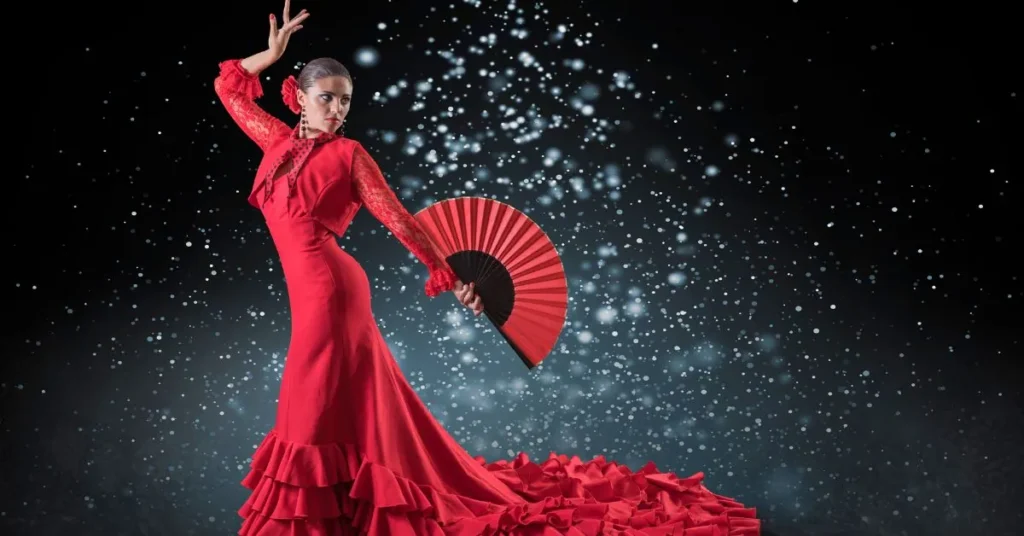
Hailing from the Andalusian region of Spain, flamenco is a passionate and rhythmic dance form characterized by percussive footwork, intricate hand movements, and soulful guitar music.
Prominent Figures in the World of Dance
Dancers and choreographers have played a pivotal role in shaping the art of dance and inspiring future generations.
Pioneers and innovators
From Isadora Duncan to Martha Graham, pioneering dancers have pushed the boundaries of traditional dance, revolutionizing choreography and technique.
Cultural icons
Icons like Michael Jackson, Fred Astaire, and Margot Fonteyn have left an indelible mark on the world of dance, captivating audiences with their charisma, talent, and innovation.
The Role of Dance in Society
Dance serves as more than just entertainment; it has the power to heal, inspire, and provoke social change.

Healing and Therapy
Dance therapy has been shown to have therapeutic benefits for individuals struggling with physical, emotional, and psychological challenges. Through movement and expression, dancers can tap into their innermost thoughts and emotions, promoting healing and self-discovery.
Advocacy and social change
Dance has long been used as a form of protest and advocacy, shining a light on social issues and injustices. From the civil rights movement to LGBTQ+ rights, dance has been a powerful tool for raising awareness and mobilizing communities.
Challenges Faced by Dancers
Despite its many benefits, the dance industry is not without its challenges, including financial struggles, injury, and burnout.
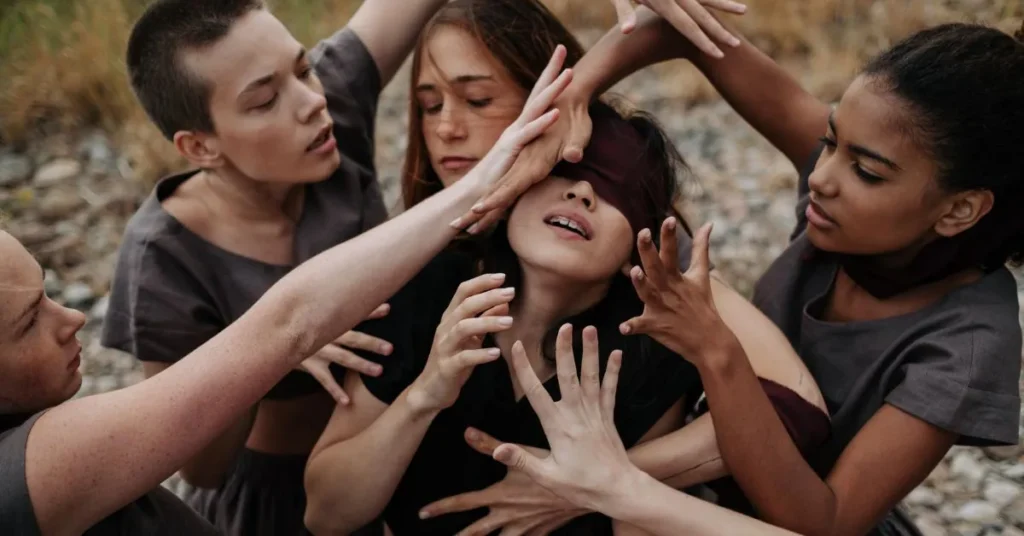
Financial struggles
Many dancers struggle to make ends meet, facing low wages, unstable employment, and limited access to resources and support. The lack of financial security can take a toll on dancers’ physical and mental well-being, affecting their ability to pursue their passion.
Injury and burnout
The rigorous demands of dance training and performance can lead to physical injuries, ranging from sprains and strains to more serious conditions like tendonitis and stress fractures. Additionally, the intense pressure to excel can contribute to burnout and mental health issues among dancers.
Supporting the Dance Community
Efforts to support the dance community include initiatives aimed at providing education, funding, and advocacy for dancers and dance organizations.
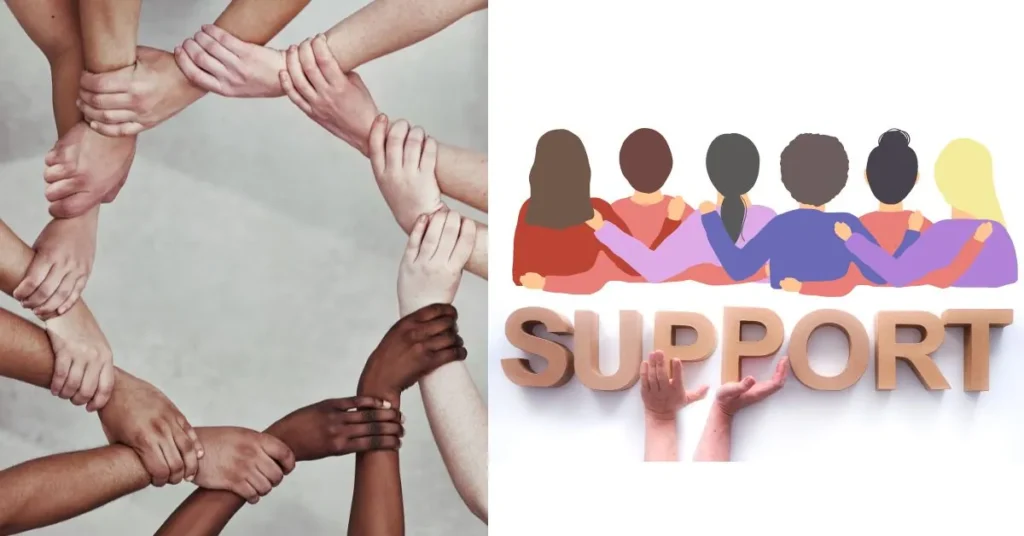
Educational initiatives
Dance schools, conservatories, and training programs play a vital role in nurturing the next generation of dancers, providing comprehensive training and mentorship opportunities.
Funding and grants
Financial support from government agencies, foundations, and private donors is essential for sustaining dance companies and supporting independent artists. Grants and scholarships help offset the costs of training, production, and performance, ensuring that dance remains accessible to all.
International Dance Day in the Digital Age
In recent years, technology has played an increasingly important role in how International Dance Day is celebrated and promoted.
Online dance tutorials
The proliferation of online platforms has made it easier than ever for dancers to access instructional videos, tutorials, and virtual classes from anywhere in the world. From beginner ballet to advanced hip-hop, dancers of all levels can hone their skills and expand their repertoire with just a few clicks.
Virtual performances
In light of the COVID-19 pandemic, many dance companies and organizations have pivoted to virtual performances, livestreams, and digital events. While nothing can replace the energy and immediacy of a live performance, virtual platforms have allowed dancers to reach new audiences and adapt to changing circumstances.
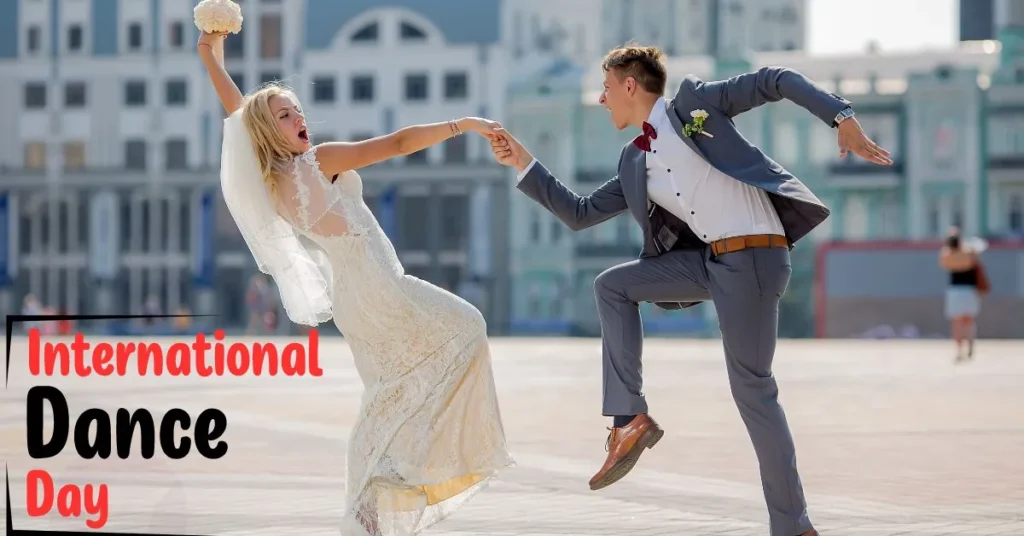
Future Outlook of International Dance Day
As International Dance Day continues to evolve and grow, there are boundless opportunities to expand its reach and impact.
Continued growth and recognition
With the support of UNESCO and other international organizations, International Dance Day is poised to reach even greater heights in the years to come. By promoting collaboration and cooperation across borders, International Dance Day will continue to celebrate the beauty and diversity of dance worldwide.
Embracing technology for wider reach
In an increasingly digital world, technology will play an integral role in how International Dance Day is celebrated and shared. From virtual reality experiences to interactive online platforms, technology has the potential to enhance the accessibility and inclusivity of dance for audiences everywhere.
Conclusion: Celebrating the Art of Dance
International Dance Day is more than just a celebration; it is a testament to the power of dance to transcend language, culture, and borders. As we come together to celebrate this vibrant and dynamic art form, let us remember the universal joy and connection that dance brings to our lives.
FAQs
Why is International Dance Day celebrated on April 29th?
International Dance Day is celebrated on April 29th to commemorate the birthday of Jean-Georges Noverre, a French dancer and ballet master considered the creator of modern ballet.
How can I participate in International Dance Day?
You can participate in International Dance Day by attending dance performances, joining virtual events, or sharing your dance videos on social media using the hashtag #InternationalDanceDay.
What is the theme for International Dance Day this year?
The theme for International Dance Day varies each year and is typically chosen by the International Theatre Institute (ITI) Dance Committee. Check their official website or social media channels for updates on this year’s theme.
Are there any specific traditions associated with International Dance Day?
While there are no strict traditions associated with International Dance Day, many communities organize dance workshops, flash mobs, and performances to celebrate the occasion.
How can I support the dance community beyond International Dance Day?
You can support the dance community by attending dance performances, donating to dance organizations, and advocating for arts education in schools and communities.
